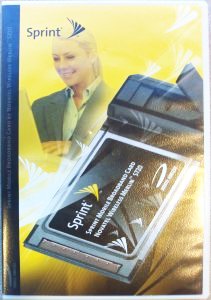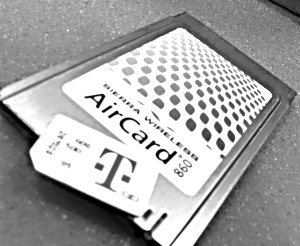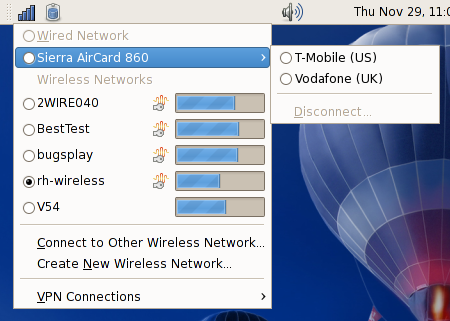
No! No! Too sexy, too sexy!! [1]
For the numerically impaired, there are four. Coming soon to Fedora 9 and an SVN server near you.
[1] yeah, it kinda looks like ass, but we’re working on that

No! No! Too sexy, too sexy!! [1]
For the numerically impaired, there are four. Coming soon to Fedora 9 and an SVN server near you.
[1] yeah, it kinda looks like ass, but we’re working on that

Which one is right for you?
There’s now an addition to the HAL specification identifying mobile broadband cards, and a hot new hal-info package (20080215) that contains the necessary .fdi file for most of the cards directly supported in Linux. This specification helps NetworkManager and other tools identify that (a) the card is really a modem instead an unconnected serial port, and (b) whether it’s a GSM or a CDMA modem. I also updated NetworkManager SVN to work with the new spec. Plug it in, watch it work, be happy.
Yeah, I’m talking to you happy, carefree, wireless-using, Nordic-looking prettygirl, with your Sprint Novatel S720 all up in our face.

I spent an hour or so hacking in CDMA card support on top of Tambet Ingo’s awesome 3G mobile broadband and PPP bits. And it just works. And like the GSM cards that Tambet’s got working, your VPN works over it too. Like magic. Tambet is the man.
What we do need to do, though, is standardize a method in HAL for tagging CDMA and GSM cards as “modems” (along with other things that are modems and accept AT commands). We also need to tag cards as CDMA or GSM. David Zeuthen had a few ideas on this, but I think in the end it’s going to have to be with .fdi files, because vendors just don’t follow the spec. There are separate USB protocol numbers allocated for CDMA and GSM devices, but no card I’ve been able to find uses them. And that won’t work for PCMCIA-based devices like the Sierra Wireless AirCard 860. When will hardware manufacturers learn? (hint: likely never).
The CDMA support won’t go into trunk until Tambet’s added yet more hotness, like signal strength detection and pulling out the currently connected network and showing that to the user. I’ve proved, though, that it’s trivial to add the CDMA bits when the GSM support is further along.
Rejoice, and be merry, for the wireless future is almost here.
No, this isn’t about porn, but when it’s done it’ll be even more awesome.
Tambet Ingo has been kicking mobile broadband ass recently, using it to club the NetworkManager PPP integration into shape. And that rocks. He’s been a driving force of NetworkManager for the last year, spearheading the D-Bus interface rewrite and the major refactoring for the upcoming 0.7 release. Buy him a whole keg next time you sit down at a bar and find out he’s just two seats down from you, looking all badass.

Interaction with 3G cards is going to work a lot like VPN connections currently do. The 3G card will show up in the applet’s menu. It will have a sub-menu of connections that you’ve created for the card. If you use more than one provider, you can create a connection for each provider and switch between the two. Eventually, you’ll be able to share that 3G connection over wifi or ethernet too. Obligatory mockup follows:

Right now the preliminary support is for GSM-based cards, most things that have the words GPRS, EDGE, UMTS, HSDPA, HSUPA, or HSPA on them. We’ll soon add support for CDMA-based 1xRTT, EVDO rev 0, and EVDO rev A cards too. It’s pretty rough at the moment, and he just committed it this morning, so don’t expect the thing to work just because you plugged it in (yet). After the PPP bits have been worked over Jack Bristo-style and are begging for mercy, we’ll start adding support for serial modem, ISDN, and Bluetooth DUN.
You ask, we provide.